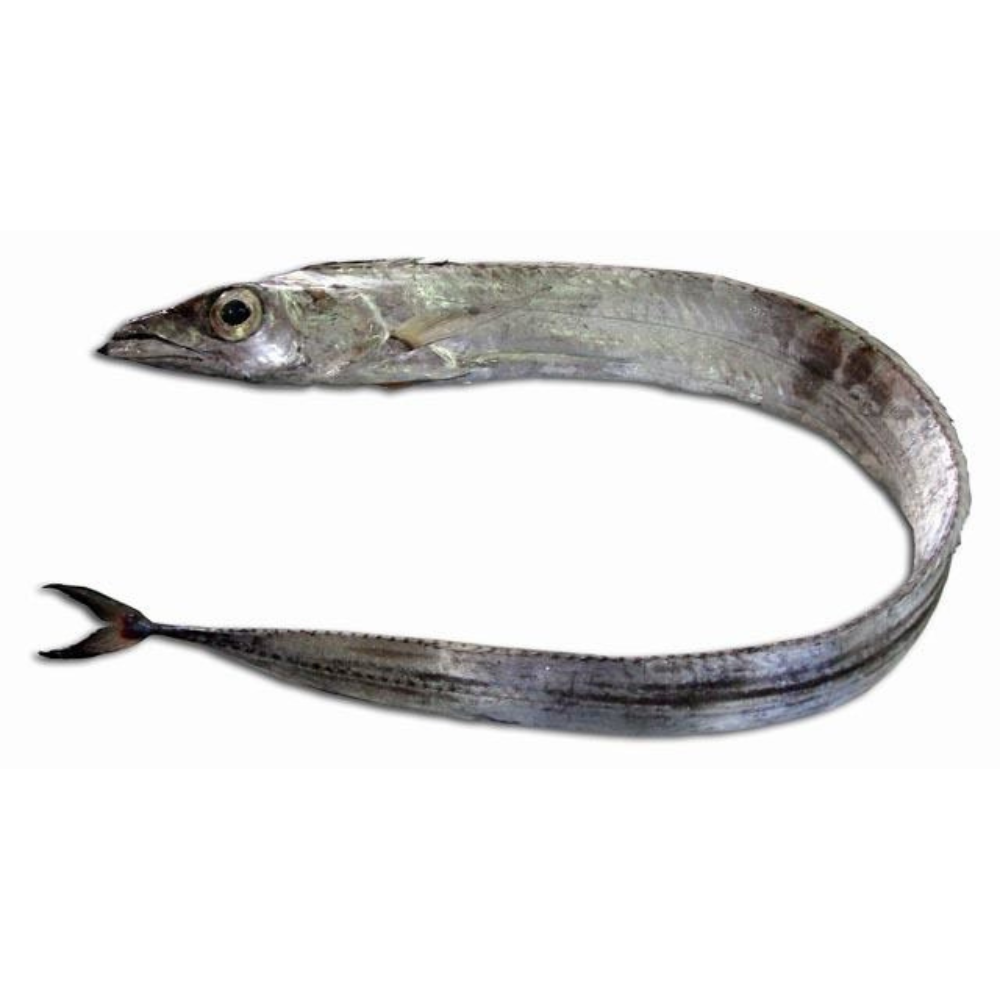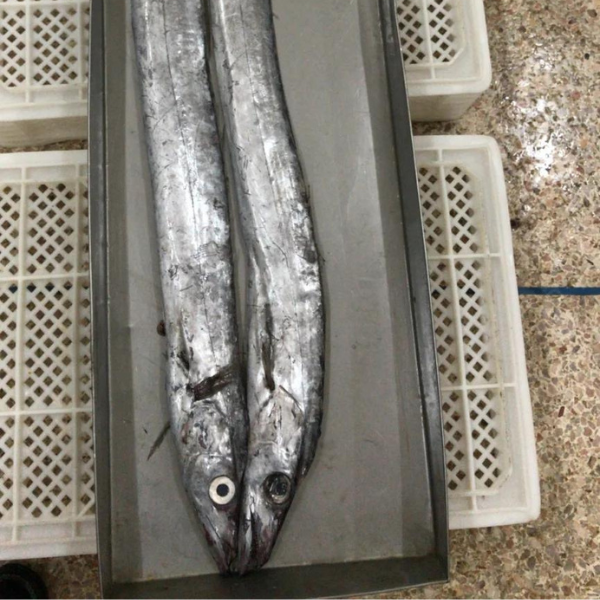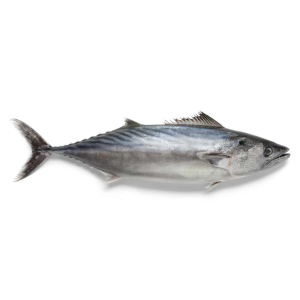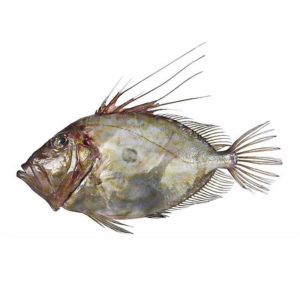Description:
Ribbon fish, also known as cutlass fish, is a fish species highly appreciated by culinary specialists and gourmets. It is recognized for its incredibly tasty, soft, and tender meat.
One of the notable characteristics of ribbon fish is its juicy meat that has minimal bones, making it easier to consume and enjoy. In terms of nutritional value, ribbon fish is rich in various minerals such as magnesium, calcium, iodine, copper, and cobalt. It also contains essential vitamins including vitamin A, E, C, PP, and B vitamins.
The high nutritional content of ribbon fish contributes to its reputation as a nutritious food source. Regular consumption of ribbon fish can support the normal functioning of the entire human body, thanks to the presence of these essential minerals and vitamins.
In Eastern culinary traditions, ribbon fish holds popularity due to its nutritional benefits and ease of preparation. It is valued for its taste and versatility in various dishes. Eastern countries often incorporate ribbon fish into their cuisine to create nutritious and flavorful meals.
Overall, ribbon fish is considered a valuable seafood option due to its delicious taste, tender texture, and nutritional composition. Including it in a balanced diet can provide essential nutrients and support the overall well-being of individuals.
Key Nutrients:
ribbon fish, or cutlass fish, is a valuable seafood option due to its rich mineral and vitamin content. Here are some key nutrients found in ribbon fish:
- Minerals: Ribbon fish is a good source of minerals such as magnesium, calcium, iodine, copper, and cobalt. These minerals are important for various functions in the body, including maintaining bone health, supporting the immune system, and aiding in the production of red blood cells.
- Vitamins: Ribbon fish contains essential vitamins, including vitamin A, E, C, PP (niacin), and B vitamins. These vitamins play crucial roles in maintaining healthy skin, promoting antioxidant activity, supporting the immune system, and contributing to energy metabolism.
Preparation and serving suggestions:
for ribbon fish may vary depending on culinary traditions and personal preferences. However, here are some general guidelines:
- Grilling: Ribbon fish can be deliciously prepared by grilling. Brush the fish with oil, season with herbs and spices, and grill until cooked through. This method helps retain the natural flavors and tenderness of the fish.
- Baking or Roasting: Ribbon fish can be baked or roasted in the oven. Season the fish with herbs, spices, and a drizzle of olive oil, then bake at a moderate temperature until it is cooked and tender.
- Frying or Pan-searing: Ribbon fish can also be pan-fried or seared. Coat the fish with flour or breadcrumbs and pan-fry it until it turns golden and crispy.
- Steaming: Steaming is a popular method in Eastern cuisine to retain the natural flavors and nutrients of fish. Steam ribbon fish with aromatics and seasonings for a healthy and delicate preparation.
As for serving suggestions, ribbon fish pairs well with various sauces and accompaniments. It can be served alongside steamed vegetables, rice, or pasta. Garnishing with fresh herbs, lemon slices, or a squeeze of citrus juice can enhance the flavors of the dish.
Remember to ensure that ribbon fish is cooked thoroughly to prevent any potential foodborne illnesses. Cooking times may vary depending on the size and thickness of the fish, so it’s important to monitor the doneness.
Overall, ribbon fish is highly appreciated for its taste, tenderness, and nutritional value. Including it in a balanced diet can provide essential minerals, vitamins, and contribute to the normal functioning of the human body.









